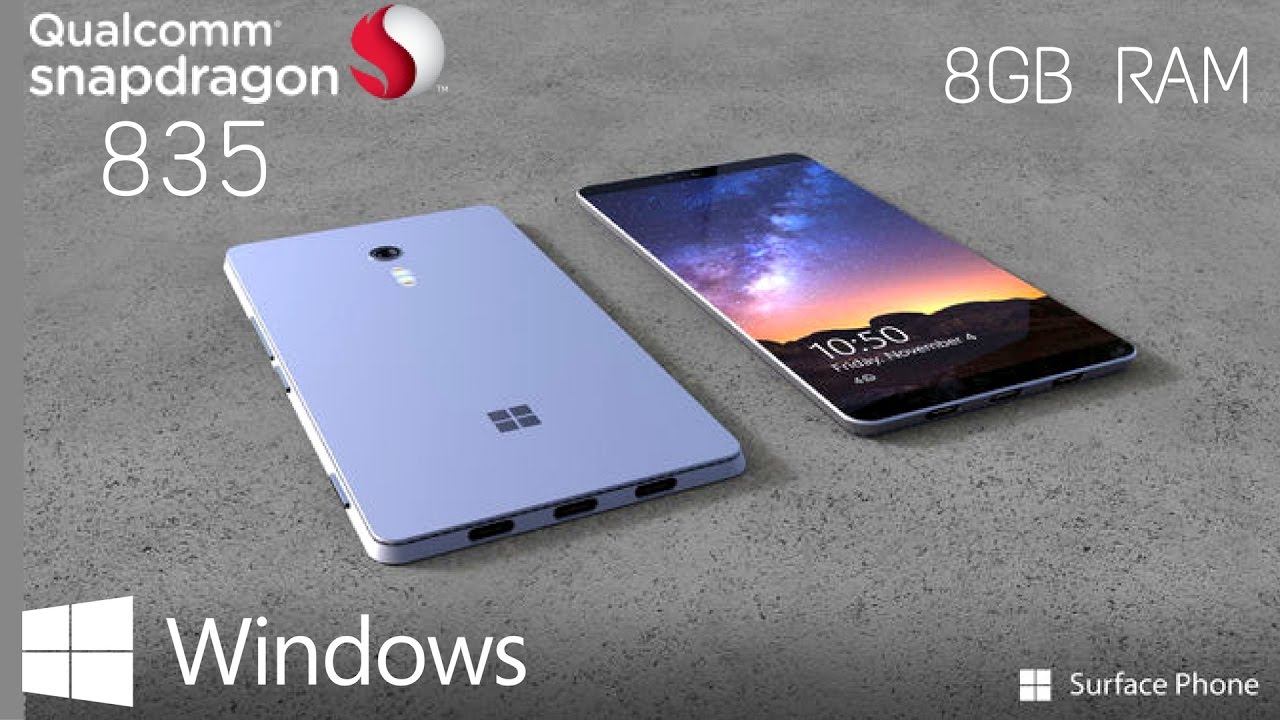While it’s generally known that Microsoft continues to support the Windows 10 Mobile operating system with regular updates, Windows Phone as a unit is pretty much a terminally ill patient.
At the Q2-2017 earnings call yesterday, Microsoft CFO Amy Hood noted that Phone revenue had dropped 81% over the prior period.
These are the remnants of Microsoft’s revenues from its failed Nokia acquisition, which resulted in a brief spurt of growth for Windows Phone devices.
Unfortunately, that growth ceased to be sustainable because Microsoft couldn’t compete with the app ecosystems that Apple and Google have already built around iOS and Android – the two most popular mobile operating systems in the world.
Several companies have now pulled out their Windows Phone apps, but many have created UWP apps that work on Windows 10 Mobile.
But mobile operating systems aren’t Microsoft’s target any more. Though Windows 10 Mobile has a decent user base, it is restricted to devices that are no longer popular on the market. Sales for models like the Lumia 950 and 950 XL have been on the decline for a while now, and Microsoft was actually slated to discontinue making the phones in December 2016.
What the company really wants now is to bring its full desktop Windows 10 experience to mobile phones, and that’s exactly what the upcoming Surface Phone is meant to do. In a sense, Surface Phone is Microsoft’s second life in the smartphone market, and the company is doing everything to make sure that it’s not as short-lived as the previous attempt.
Surface devices raked in $1.32 billion in Q2 2017, but that’s down 2% from the $1.35 billion posted for Q2 2016. However, that can be attributed to the lack of significant product launches during the holiday quarter, except for the Surface Book i7 variant. Surface Pro 5 or Surface Book 2 might have helped move the needle, but those didn’t come during the quarter in question.
For Q3 2017, we don’t expect much growth in the Devices portion of the More Personal Computing segment under which Surface sales are reported – not unless the Surface Pro 5 makes its appearance in the next two months. However, the 30,000 units of Surface Studio all-in-one PCs may allow Microsoft to show some revenue gains during the quarter.
But things may well pick up in the final quarter for 2017 – or Q4-2017, which is the period from April 1, 2017 to June 30, 2017 – depending on when the Surface Phone and Surface Pro 5 are launched, and how many Surface Studio units are shipped during that quarter.
There is already a huge amount of pent-up demand for Surface Phone. From what we’ve seen so far it clearly targets the enterprise segment as a premium productivity device, as does Surface Pro 5. Though Surface Phone won’t immediately gain ground against Apple’s iPhone, it has a good chance of at least matching Google Pixel sales growth soon after the launch.
In fact, Surface Phone is quite possibly the very last opportunity that Microsoft will get at entering the smartphone market in a big way. They’ve moved all their chess pieces to align with that strategy so far, and all that remains to be seen is how much traction it will get once it finally hits store shelves.
Thanks for reading our work! Please bookmark 1redDrop.com to keep tabs on the hottest, most happening tech and business news from around the world. On Apple News, please favorite the 1redDrop channel to get us in your news feed.



